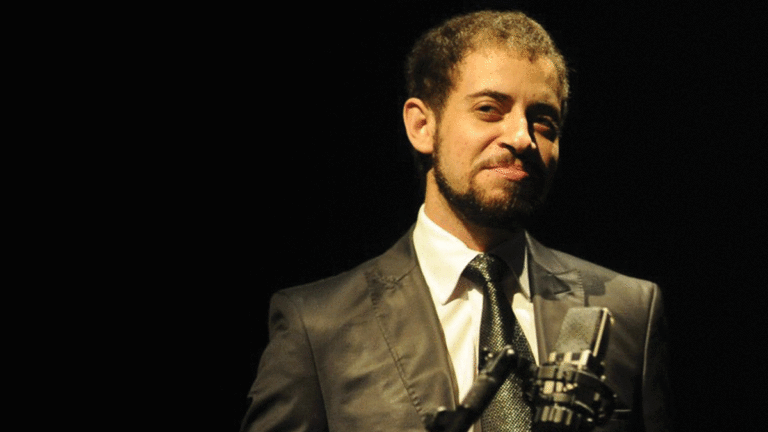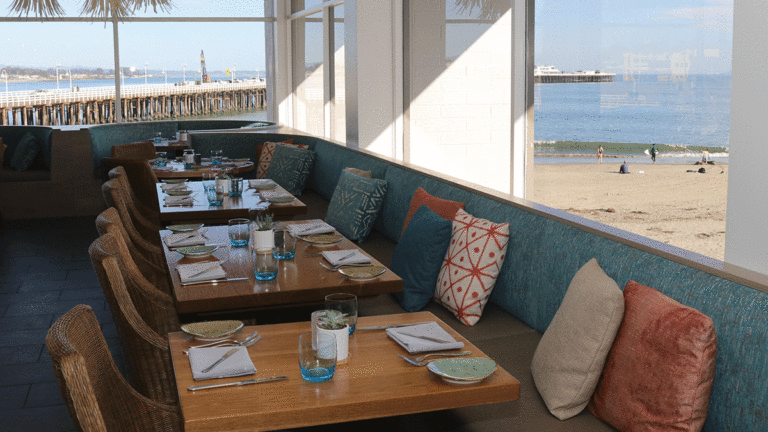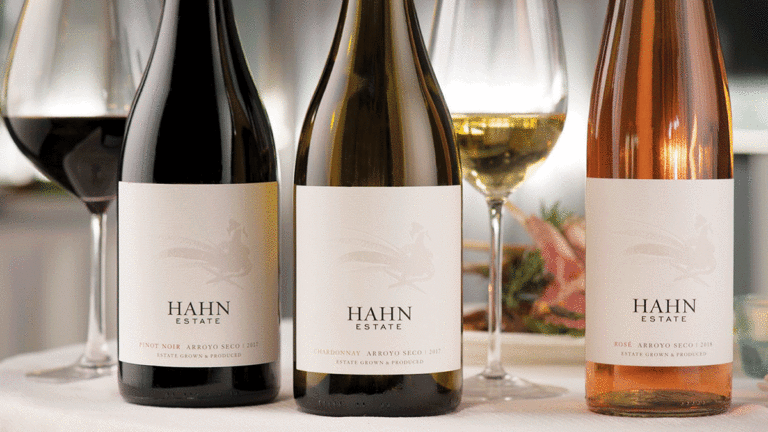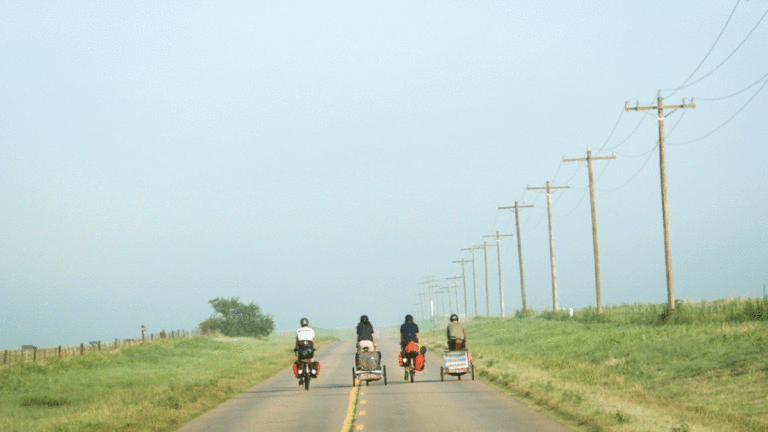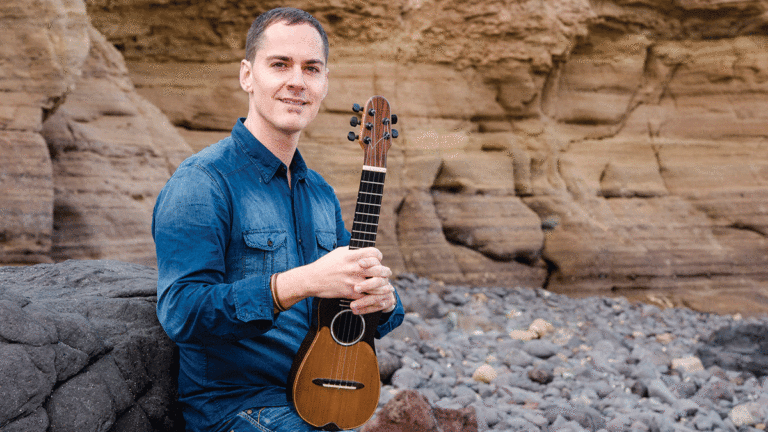Here we are at the beginning of a new season (spring), a new sign (Aries), planets (Mars, Mercury, Uranus) and a new element (fire). Spring is the beginning of a new spiritual year—on a higher level than last year. The seasons pass through cycles of dark and then of light. Here we stand, emerging out of the darkness of winter, into the spring’s fiery light.
Humanity, being part of this Earth, is made of elements (fire, Earth, air, water). And humanity—a universe in miniature, possessing the same secret (occult) springs of life—also passes though the same cycles of light and darkness. When the creative life forces are ablaze (when spring arrives), there is also a blaze within us. Often we ask, “Who are we, and what is our task?” The answer is, “We are the world disciple, the Fourth Creative Hierarchy. Our task is Ray 4—to bring harmony out of conflict and chaos.” Aries, along with the Forces of Restoration, Mars, Mercury (Archangel Raphael) and Uranus, helps humanity in this endeavor to “make all things new” again.
Everywhere we look, there is a golden hue of green blossoming. Over the months of spring we see multiple shades of green (Ray 3). And if we are quiet, we can hear that a word is being spoken–over and over, the word “creation” is sounded. And the kingdoms, hearing this command, begin to multiply and propagate. It is a joyful season.
When spring arrives, the fires of Aries are to burn away the old nature (winter), so that new life can be released. Seeds, when placed into the ground, disintegrate their outer shell and release a new green plant; a tiny shoot of life sprouts upward. With roots pushing downward for nourishment, the two green Aries-looking leaves push upward out of the soil seeking sunlight and air. The growth of the plants is like Aries pushing outward for expression, pouring itself out into life, creating, initiating, beginning, always at the beginning of things. And so, we remember the words from Frank Herbert’s Dune on beginnings: “A beginning is the time for taking the most delicate care that the balances are (always) correct.”
ARIES: The sign and time of Aries demands that things not come too easily. We need challenges, a contest, a test. We need to feel daring, and that life is an experiment where only the brave need participate. There needs to be a bit of opposition, something to defy, something to call forth one’s courage. If these aren’t in the air, then there’s no reason to be in the game of life. Aries understands the “chase.”
TAURUS: There may be difficulty expressing yourself at this time, especially with Mercury (Ray 4) retrograde. It isn’t easy to share your inner thoughts. What we know about you is this: you’re subtle, hidden, compassionate, complex, and in need of comfort; interested in psychology and helping others. You do not show your feelings in public, only with those you trust. They’re the lucky ones.
GEMINI: Are true and lasting friends around these days? Are you assessing the friends you have and have had? With Mercury retrograde, it’s important to assess if what you value is true and real and useful. There are many ideas presented in our world, but there is only one truth. Are you following what others believe? Geminis have a responsibility to discern untruths, to gather the real truth and disperse it to a waiting humanity. Geminis can’t just be followers.
CANCER: You wonder how you contribute to the world at large, if you have authority—and if so, in what. You wonder if anyone listens to you, honors you and if you are a guide to anyone. These are important questions for everyone, but especially Cancers who can hide away forever under a shell, while also hoping someday to be seen as strong in character, important and able to communicate successfully. Are these thoughts you are having?
LEO: The essence of all your past experiences, relationships, learnings, and lifetimes, all taken together, constitutes your philosophy of life. As you review the past, including what you valued then and what you value now (childhood, parents, friends, lovers, places you’ve lived and traveled, what you have studied, all life events, etc.), you see how life educated you, offered you vision, long journeys, and spiritual realities. These days, you have the mind of a priest, a judge, a journeyer, a professor, and a deep transformative mystery.
VIRGO: There may be a sense of losing one’s direction or boundaries, a sense of self-sacrifice in order to blend with others, forming contact and connection. There’s a sense of something disappearing or dying. Not physical death, but perhaps the death of limitations that leads to new growth, transformation, regeneration, rebirth of the self, or of a relationship. The changes may be creating a crisis. This will pass. You’re the phoenix.
LIBRA: All Libras need social things—lots of people, relationships and intimates—to bring them out into the world, to be friends, to partner, to play, to travel, to talk with, and to share with them. The “other” is always Libra’s basic need. It is only with the other that Libra can reflect upon and understand the self. Libra is always learning how to be in relationship. Libra is intelligent, has a loving nature, attracts love, and learns how to create harmony out of all of life’s conflicts, chaos and vicissitudes.
SCORPIO: You have very artistic abilities, deep and refined. However, often you are unable to see them. You keep your abilities quite protected. It’s important to have a peaceful and harmonious environment that is beautiful. You often act like an old soul who is very young at heart. Be clear, direct and truthful when communicating. Relationships are really about communication. Begin to be the peacemaker. Warriors have the heart of peacefulness.
SAGITTARIUS: There’s lots of drama in your life, and in all lives around you. There are also sensual and romantic things around you. Art and music. All are needed, calling forth your creative self-expression. Your heart’s desires go hand in hand with your feelings. What you’re really displaying is kindness, compassion and warm-heartedness—a colorful and vibrant blend of things.
CAPRICORN: Perhaps you’re thinking of your heritage, ancestry and lineages. And childhood times. The planets in the sky have precipitated down into wherever you are. Perhaps in your home and garden. Trying to secure themselves, and offer their seeds of wisdom in your heart, creating within you a sense of hope and stability. They call you to rest more, to relax, to know all’s well. Their sound is Om.
AQUARIUS: You have many ideas and talents, and are curious with a very intelligent mind. You seek community through family, siblings, friends, short journeys, writing and communication. There is a need to assess what your values are (people, events, resources, things, etc.), and to communicate your gratitude with those who love and care for you. There will be a lot of moving about in your life. Stabilize each day with prayers of gratitude
PISCES: Your environments are to reflect color, calm, beauty, order and organization. Memories occur of early childhood experiences. We realize that families and relationships are given to us so that we may learn how to help and care for each other, develop compassion and strength, and recognize forgiveness. All our relationships have this as a purpose. We remember our family, our early lives. We are grateful, always and forever.



